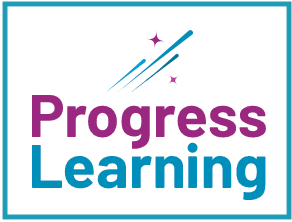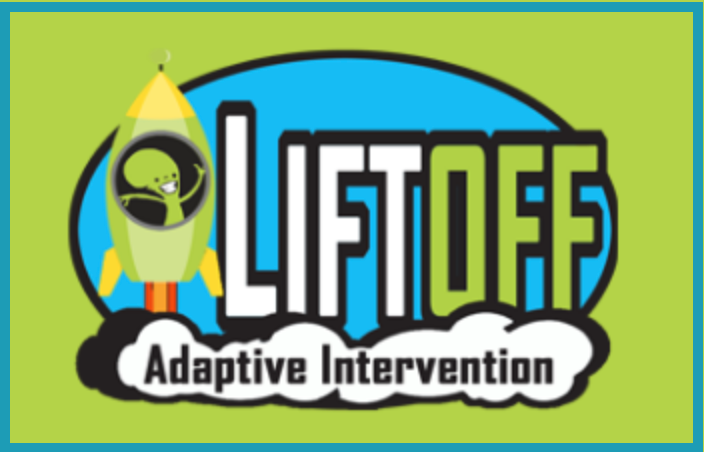How much time should students spend in Progress Learning or Liftoff?

Progress Learning:
Traditionally, we don’t mandate how much time Progress Learning should be used, as it is a supplemental program. Instead of a timed goal, we encourage to implement a growth goal for students.
For example, each student will earn at least 3 Galaxy stars per week. That would mean the student is mastering at least 3 skills in Liftoff or earning at least 100% on an on-grade level standard in their Study Plan.
This may take some students more or less time to accomplish, yet you will see all students progressing towards the goal of standards mastery.
However, in the state of Texas, to satisfy the requirements of HB 1416 as it pertains to Accelerated Instruction, we recommend that students complete two to three 30 minute sessions per week.
Teachers can pull Progress Learning and Liftoff reports to track progress and mastery.
Ideally, the more a student practices, the more achievement and growth that will occur.
Progress Learning provides instruction, practice, and exposure to on-grade-level state-aligned material.
Ideally, you want your students to have the time to master all of the on-grade level standards, since each child is unique the time needed will vary from student to student.
At a minimum, we suggest students work in the program for about an hour per week.
For more information about student goal setting, see the help article below:

Liftoff:
Liftoff is an adaptive math and reading intervention supplement that provides practice and instruction in a highly engaging learning environment. Since each child is unique, the number of learning gaps that are identified will be different, resulting in a varied amount of time needed to approach grade level.
The more time students practice within the platform, the more opportunity for growth.
We've designed the program to be flexible, and we believe that teachers can make the best decisions about how much time their students should spend on supplemental programs in their classrooms.

